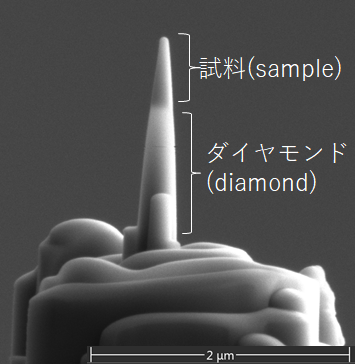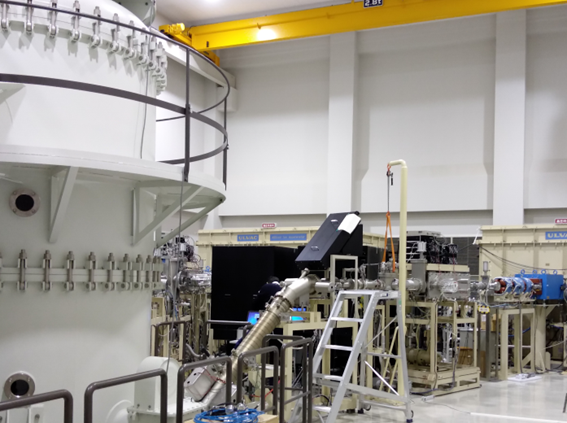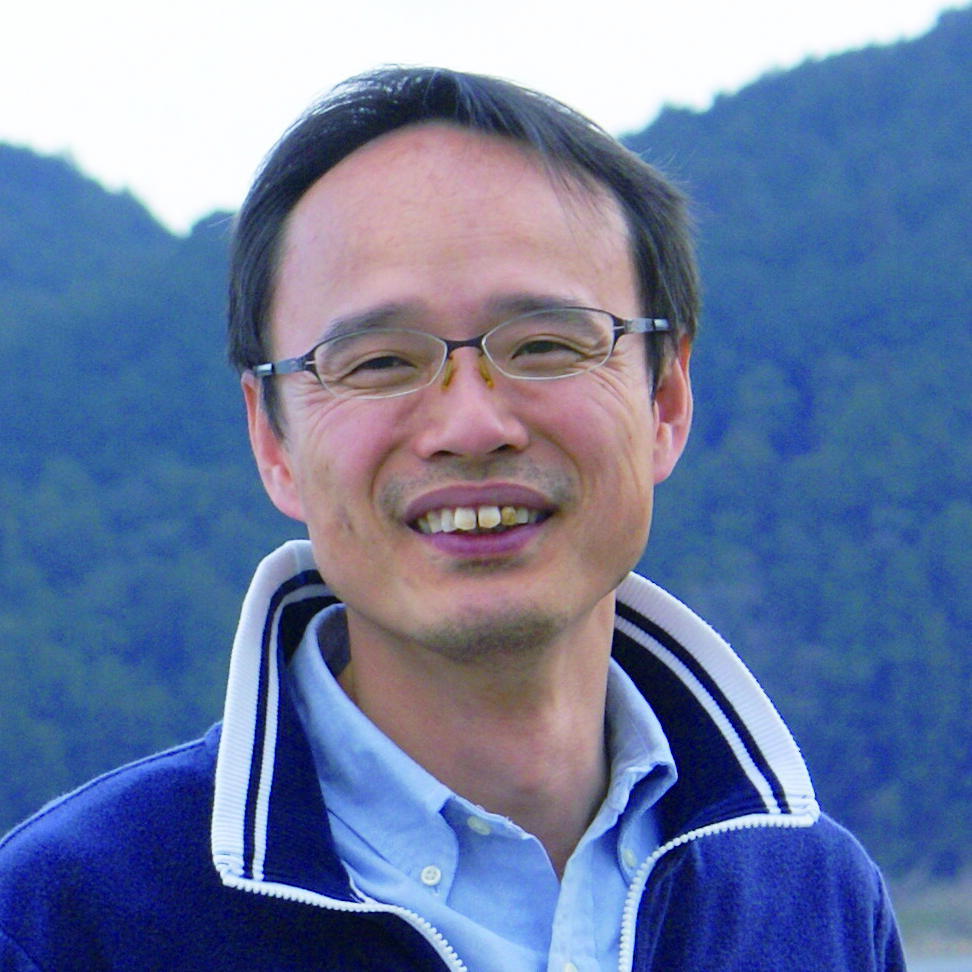Establishing novel technology of high-pressure and atomic-resolution electron microscopy and new advancement of science of deep Earth’s interior
Project Gist
Reproduce the earth interior condition in electron microscope
Keywords
electron microscope, in-situ observation, earth interior
Background and Purpose
Materials in the Earth interior are imposed by ultra-high pressures and ultra-high temperatures. Until now, many in-situ experiments to simulate the conditions of the Earth interior have been performed, particularly at the synchrotron X-ray facilities. For further progress, transmission electron microscopy may be effective because of its much higher spatial resolution. We aim to explore the possibility to reproduce the earth interior condition, i.e., high pressure and high temperature conditions, in a transmission electron microscope with high spatial resolution. In the SPIRITS project, we newly construct the domestic interdisciplinary network to connect earth science with nano-technology, nano-mechanics and nano-analysis to achieve the purpose.
Project Achievements
By this SPIRITS project, we newly constructed the domestic interdisciplinary network across the fields of mineralogy, high pressure science, fracture mechanics, and electron microscopy/spectroscopy. Through the collaborative works with our SPIRITS members, we found some promising candidates for experimental approach to achieve our purpose, that is reproduction of the earth interior condition, which is at high pressure and high temperature, in a transmission electron microscope. We discussed details particularly about development of TEM apparatus and in-situ indent holders, way to nano-fabricate samples, and analytical methods in microscopy. These are key technology in our challenging project, and the interdisciplinary discussion in the SPIRITS sufficiently increased feasibility of the project.
Future Prospects
We will develop our research further by expanding the domestic interdisciplinary network constructed by the SPIRITS and apply to the big grant. In addition, based on this our works, we will cultivate the next-generation project leaders.
Figure


Principal Investigator

MIYAKE Akira
Graduate School of Science
Associate Prof. Miyake received his PhD from Kyoto University. His specialty is Mineralogy. Mineral is a naturally occurring crystalline solid, which is formed without the human benefit.
